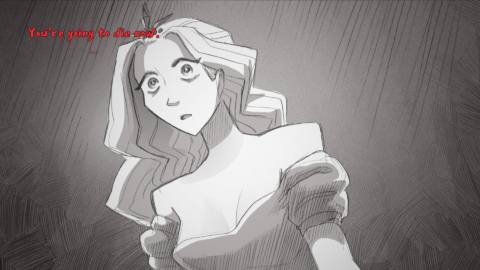
Sumerian Six gets two things right immediately as far as I’m concerned. One, it lets you punch a bunch of Nazis in a pulpy 1930s setting, and two, it’s the kind of old-school, sight-cone-dodging stealth-tactics game I’m a sucker for. These things don’t come around too often, being a niche within a niche and all, and they feel especially rare now after the genre suffered a major blow last year when Desperados 3 and Shadow Tactics studio Mimimi Games announced it was shutting its doors. So you can probably imagine the little happy dance I did when Devolver Digital unveiled Sumerian Six and its paranormally imbued alternate-history WW2 action during Summer Game Fest season – even if that excitement was somewhat abated by the knowledge many of the team working on the game will likely no longer have jobs when it’s done.
Sumerian Six, though, gets off to a rip-roaring start as developer Artificer sets the scene with pulp-comic panache. Following The Great War, a military scientist named Alistair Sterling assembles a crack team of ‘scientist commandos’ known as the Enigma Squad to investigate Geistoff, a mysterious substance with seemingly limitless power. After their experiments go devastatingly wrong, the group is disbanded – but former member Hans Kammler betrays them, selling their research to a Third Reich eager to harness Geistoff’s power. We join the action in 1944, with WW2 well underway; Sterling’s daughter Isabella has gone radio silent while working undercover to infiltrate Kammler’s group, and her brother Sid is mounting a rescue mission to find out where she’s gone. Let’s go!
If you’re a long-time stealth-tactics fan, playing Sumerian Six should feel just like coming home. It adheres to the sight-cone dodging, cover seeking, squad juggling template established by the likes of Commandos back in the late 90s brilliantly, and it’s clearly, wisely, borrowing some of the refinements and ideas from Mimimi’s more modernised take on the genre, too.






